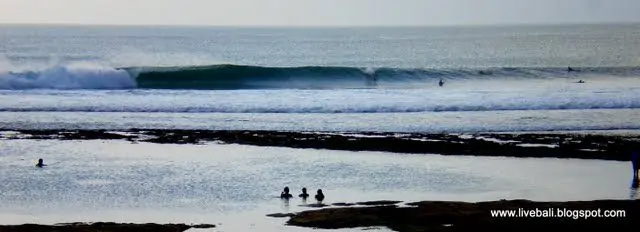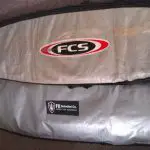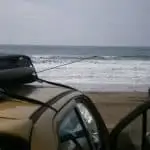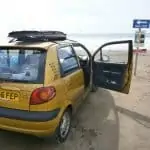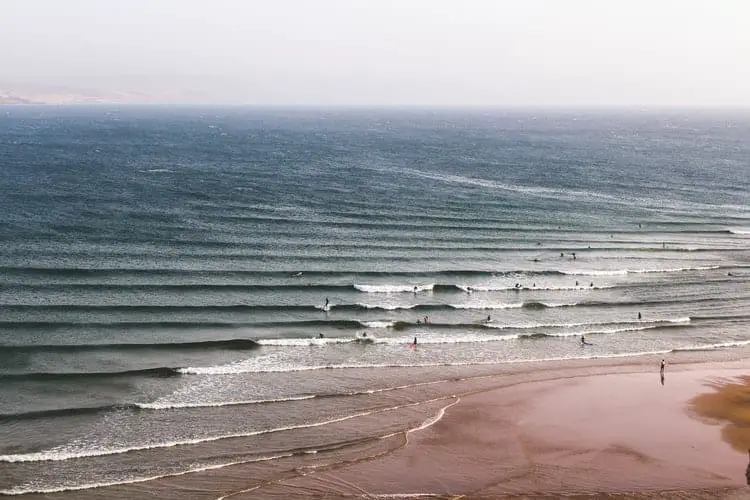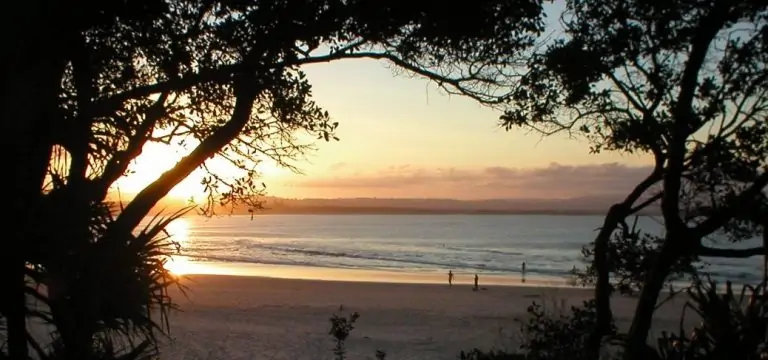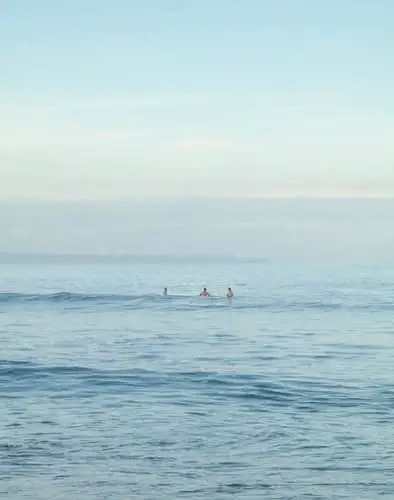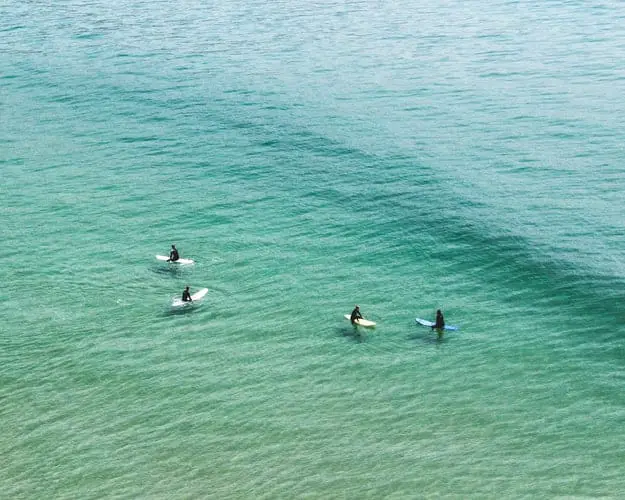Planning Your First Surf Trip
There comes a time in every surfer’s journey when the open road beckons. The surf trip is both a coming of age and a voyage of discovery, and it is an integral part of your surfing life and the path you choose to take. The most crucial element of your surf trip is planning, as we’ll look at in this article now!
Destinations
There is a world of surf destinations out there, with warm water, azure skies and perfectly peeling waves running flawlessly over pristine coral reefs. The romanticism of a travel destination, however, must not override your skillset. If you are a novice, then it’s pointless on planning a trip to Hawaii, where the waves are always big and powerful.
Many destinations are friendly to the beginner surfer, and where you can get surf lessons as part of your holiday. Kani Resort in the Maldive is such a resort, with the gentle, rolling Ninjas breaking out front, and surf lessons available. There are also many gentle waves in Bali, and surf schools available for every level of surfer.
Boards
When travelling, take your standard board, as well as an extra or two in case of damage. Even though you might be surfing in gentle waves, accidents do happen, and board breakages are not uncommon on surf trips. This is often simply because surfers are not familiar with the waves they are surfing.
It is best to take a spare board that is slightly bigger than the board you generally use. It is way better to have a board that is a little bit too big for the waves instead of a board that is a little bit too small.
At many destinations around the world, there are surfboards available at the resorts and beaches. Sometimes they are for hire while at other times they might be part of the package that you are travelling on. It’s best to find out beforehand if there are boards available and what quality they are.
Accessories
The accessories that you take with on your adventure can often be the difference between a good and a bad trip. The essential items are:
- spare fins
- spare fin key
- two extra leashes
- an instant repair kit
- sunscreen
- a fully functional first aid kit
- spare sunglasses
- a surfing cap
- Vaseline
- surf wax
If you do not have any of the above, and you have an urgent need, the lack of anything on that list could ruin a surfing holiday. Your first aid kit needs to have suturing equipment, anti-biotics along with the rest of your medical needs to perform basic first aid.

Electronics
It is also part and parcel of every trip to have all the necessary electronics and accessories. This can either be super complicated or super easy, depending on your set-up.
Mobile phone, with charger cable, and a universal plug. Headphones and a power bank. Loads of music downloaded.
Tablet, with a selection of magazines and books downloaded. Also, the charger cable.
A flash drive, for photographs. At many surf destinations around the world, there are photographers on the beach, shooting randomly. They will offer you pictures of yourself surfing, and sometimes the photos are quite good. A flash drive can be convenient if you wish to purchase some of these photos.
There’s no need for a camera unless you’re planning on shooting professional photographs, or unless you want to use a GoPro.
Packing
The old adage, ‘half the clothes and twice the money’ is the most important phrase when it comes to packing for a surf trip. If it is a hardcore surf trip, then you’re going to be surfing as much as possible, and you’re going to be tired at night, so you need the bare necessities. Boardshorts, tee-shirts, caps and flip-flops. A towel or two, and a long sleeve shirt and one pair of trousers and you’ll be good for a two-week adventure. If you need something urgently, you have twice the money, so go and hit a local market.
When it comes to packing your boards, there are a few basics that will help tremendously. Call your airline ahead to get the low-down on surfboard fees, whether the is a size limit and if there is a quantity limit. Sometimes you can travel with one board, but need to pay on the second, while at other times your boards can’t exceed two meters, which means 6’6.
When packing your boards, the best, most lightweight method is to wrap the boards in bubble wrap, and tape the bubble wrap shut, remembering to fold it over your nose and tail areas. Then place the boards in a single board bag. Travelling with more than one board bag can be a massive problem if the boards get separated and don’t arrive at the same time.
Tips and tricks
Travel light. Remove absolutely anything that you might not need on your travels, and then remove some more.
Make sure that you have adequate travel insurance. If you’re going anywhere slightly remote, ensure that you have medevac cover on your insurance.
If you take any sort of medication, have a doctors letter with you if you’re going into any foreign country. Sometimes pills and medication are treated with suspicion, and a simple letter will deal with this.
Check the alcohol limits before entering a foreign country. It is illegal to take alcohol into the Maldives, and you are only allowed one bottle of spirits into Indonesia.
Always pack a few soft chewing sweets into your hand luggage. Should there be a screaming baby on board, you can quickly alleviate the pain in their ears with a sweet. As long as you do have the parent’s permission, that is.
- Surf travel is all about having fun.
- If you don’t like something, change it.
- Make decisions on the fly, and just go with it.
- Don’t have a tight schedule, and base your activities around the surf, the wind and the tides.
- Finally, in the words of Australian film director Baz Luhrmann, wear sunscreen, and of course, have more fun!
Related Questions
How should a surfboard fit in a car? The best way to put a board in a car is through the trunk with a flat passenger seat. If you do this, you can fit up to an 8’0 surfboard in even the tiniest of cars, and you might even get a longboard in a longer station wagon or similar.
You can also check out this dedicated article on the best accessories for your car when surfing to help you get more out of your wheels when surfing, and that includes when traveling with a hire car!
How do I stop my surfboard from breaking? Avoid any heavy waves breaking on your board by paddling fast and paying attention to the sets. Barreling waves and reefs are the most likely to break your board in 2. Otherwise, to stop dings and damage, use a good leash and just take care.
Damage to your board, called ‘dings’, is an inevitable part of surfing so don’t stress yourself out too much over it – just take it easy and try to have fun.
